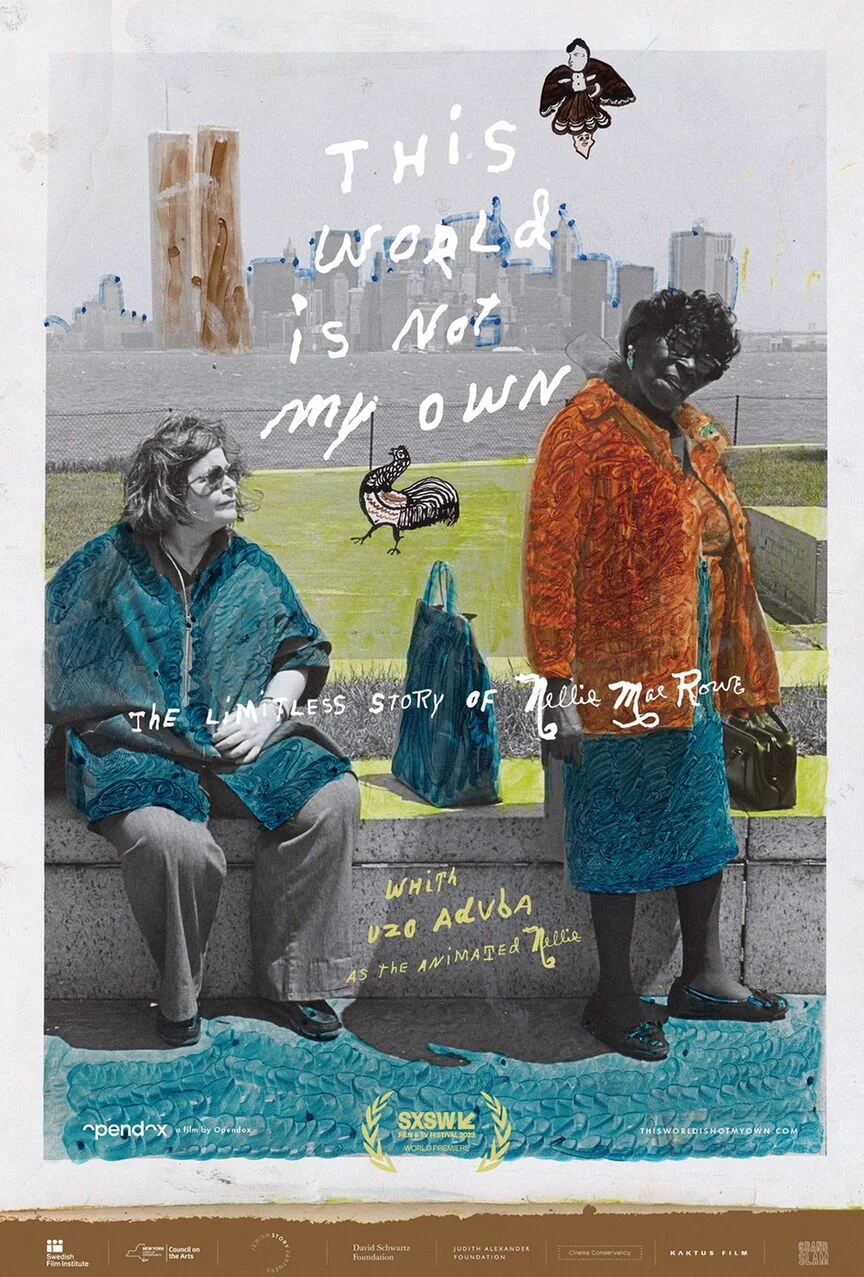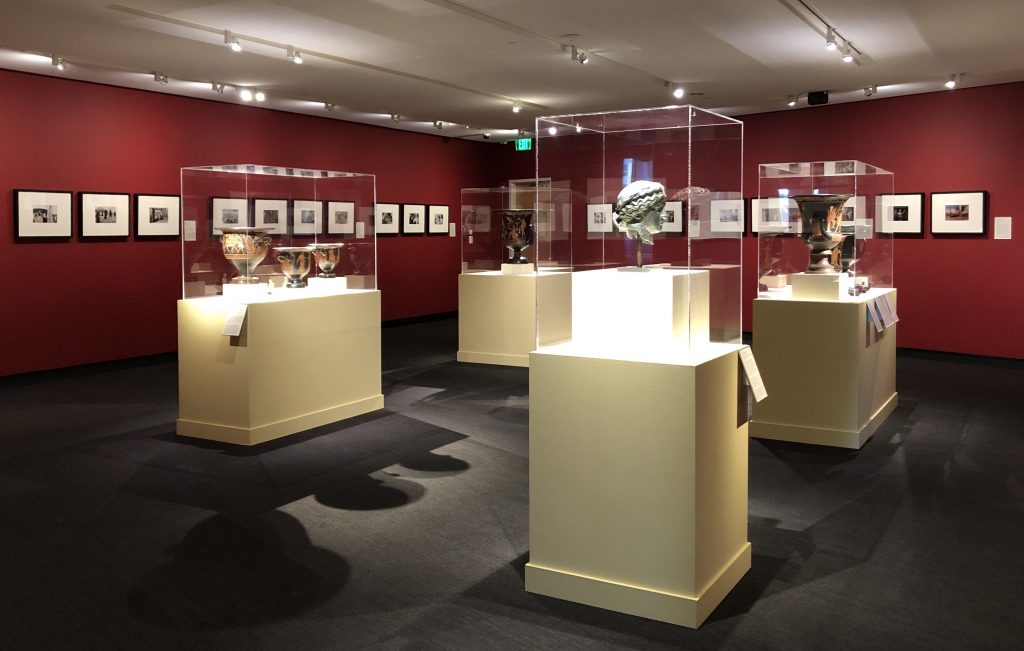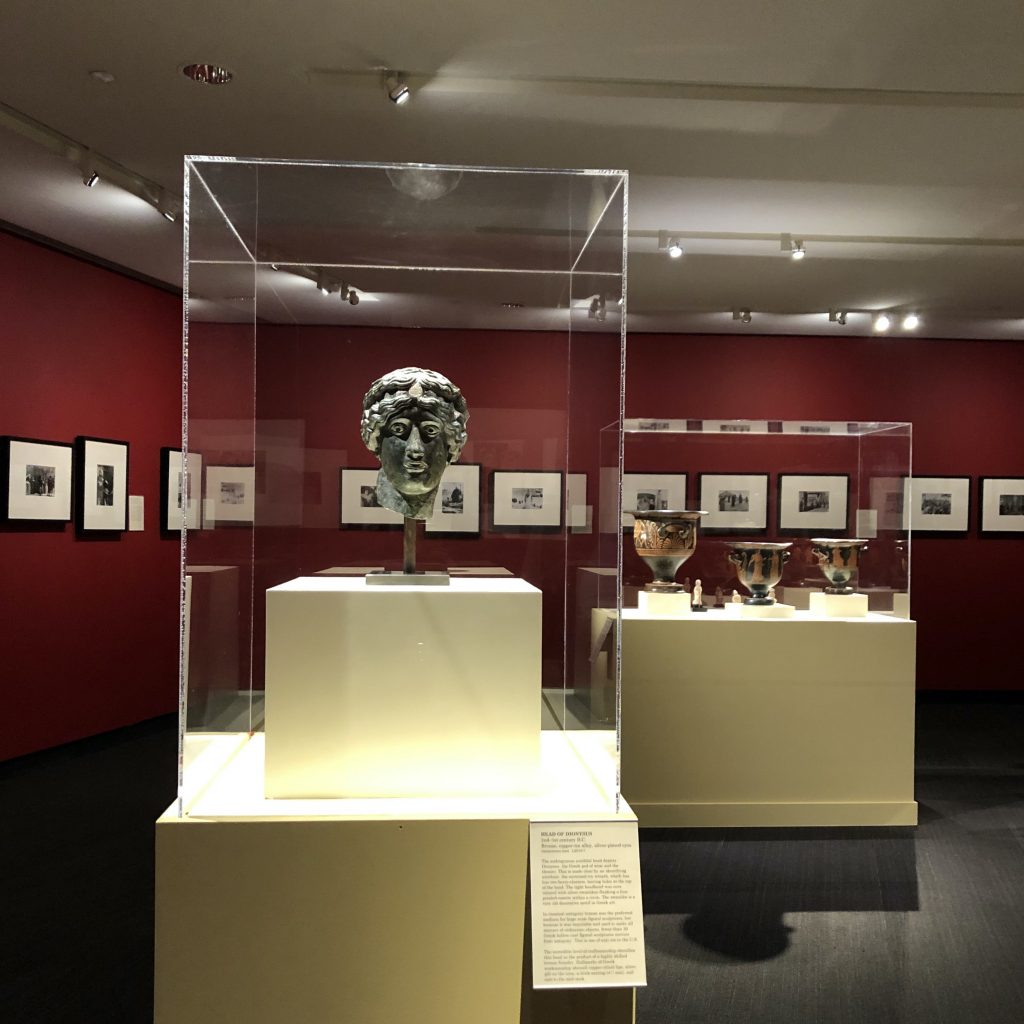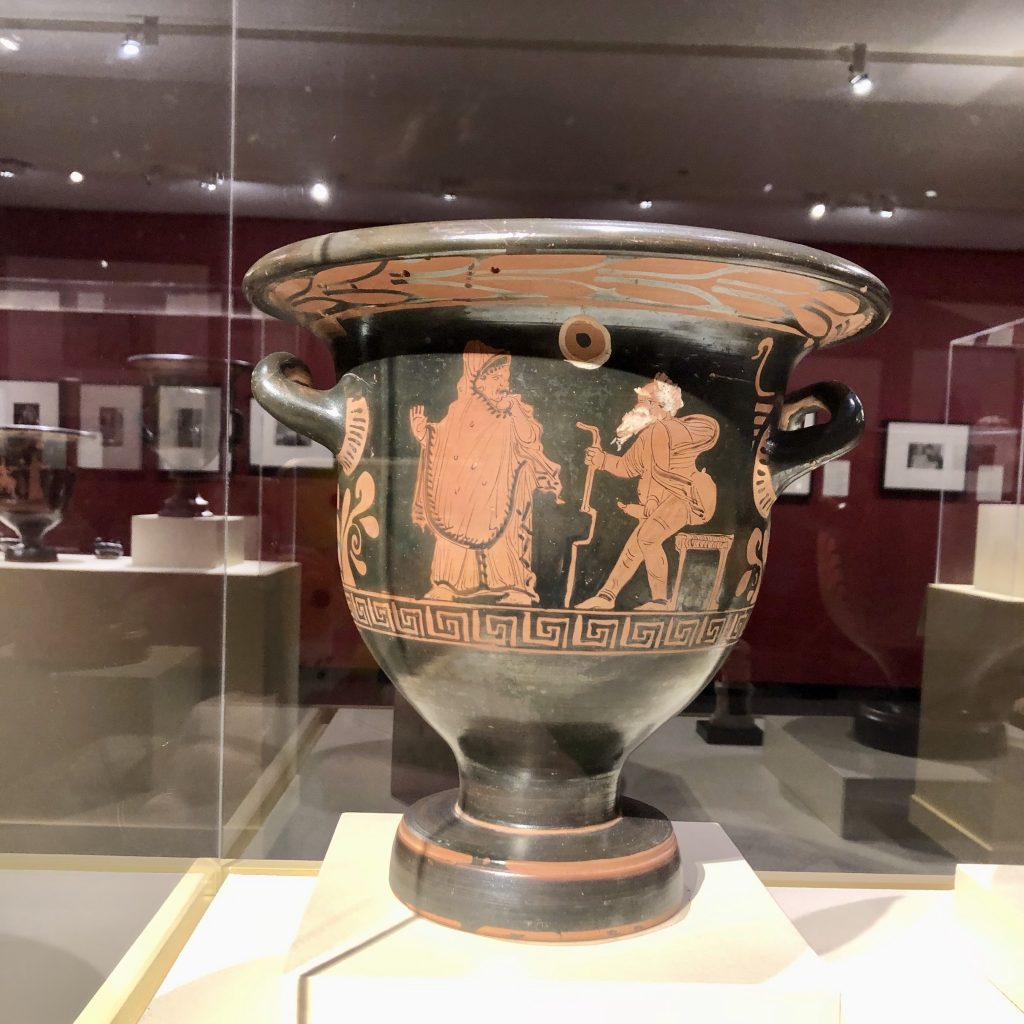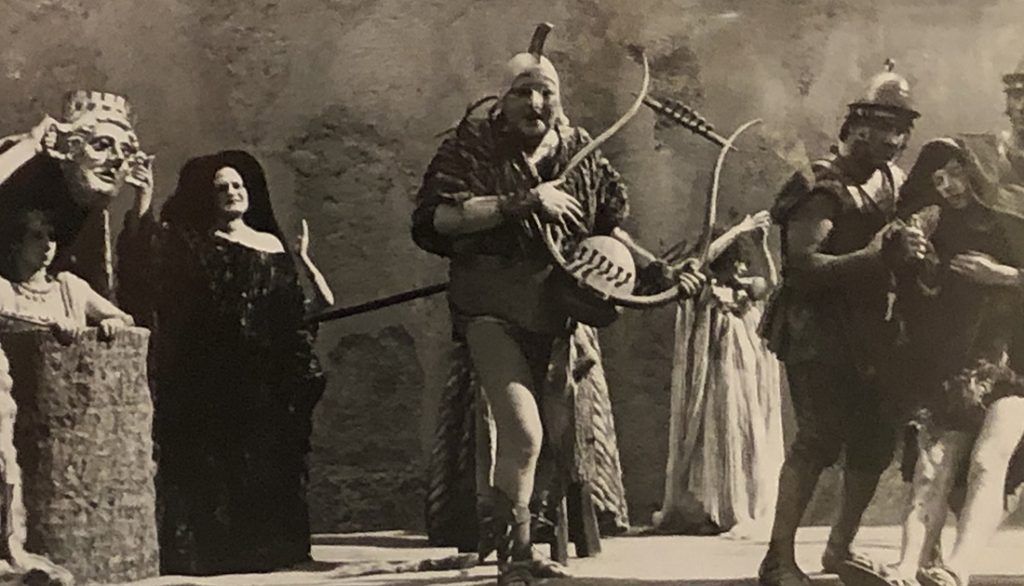Tampa Bay’s microcinema scene
By Keven Renken
For many of us, going to the movies has become an inherent part of our DNA.

I know for me personally, my experiences with attending motion pictures has pretty much gone hand in hand with the evolution of how, and where, we watch them. I may have been four when I first experienced going to a movie theater to see a film. At least this was the first one I could remember. It was the Arlee Theater in my tiny little town of Mason City, Illinois (current population: 2,343), and on its single screen it showed movies on Friday and Saturday nights and Saturday and Sunday afternoons. The run would be extended a second week and sometimes also play on Thursdays if they were showing something more popular. My young self was there with my brother and sisters and mother to see “Babes in Toyland” with Annette Funicello and Tommy Sands, and as I remember it, I screamed like a banshee when the trees surrounded the children in the cast (and no, I’m not getting it mixed up with similar talking trees in “The Wizard of Oz”).
And yet I went back. There was magic and mystery to be had in a space like this – this was decades before Nicole Kidman talked about similar feelings in her ad for AMC – and each iteration of the movie-going experience was more thrilling than the next. Going to a space where there were THREE movie theaters was to experience something beyond bliss – imagine, if you will, waiting in the hallway and hearing the ending of “Close Encounters” and knowing you’re about to see it yourself – so that when something akin to a multiplex opened up, it was well worth the half-hour (or more) drive for the seemingly endless choices of entertainment viewing. And the food! Soon you could get an entire meal, to be consumed at the same time as the viewing!
And assigned seats.
That reclined.
And Dolby.
And IMAX.
And many other viewing choices that made the whole encounter something that audiences actively sought out for amusement as humanity moseyed their way through the 21st century.
Of course, the double whammy of streaming content and the pandemic changed that forever.
At first, people started staying home because they had so much choice there. And then they stayed home because they had no choice. And multiplexes became vast ghost towns, a slightly sad extension of the malls where they were often located.
It took a hot second, but cinemas are in the process of bouncing back (not all, though – the movie theaters at Citrus Park Town Center, for instance, recently closed). The options for the average moviegoer, in the midst of said bounceback, are varied. You still have your more traditional choices, like AMC, that nonetheless give you seat selection, reclining comfort and a range of snack foods (and even alcohol) that will make your head spin. They also have a membership program that promises a number of amenities, including discounted movie tickets. Then there are your meal-and-a-movie places, such as Cinebistro in Hyde Park. For a slightly higher price, you can buy a (mostly) adults-only experience that involves having an entire meal (and alcohol) delivered to your seat.
And then there is the microcinema experience.
Over the past three years, a couple of scrappy little additions to the movie-going experience have started making their presence felt in the Tampa/St. Pete landscape of movie-going. And whether their bill of fare is either current indie/foreign films (currently the sole domain of the Tampa Theater) or older cult classics, the microcinema as an alternative to mainstream multiplexes has developed a certain appeal to local moviegoers.

Green Light Cinema in St. Petersburg has led the way in this mini-movement. Michael Hazlett, the owner and general manager, started the space at the height of the pandemic (October 2020) because he had recently moved to the area and was somewhat surprised that there was no local alternative to the mainstream movie experience (besides the Tampa Theater, in Tampa, there was nothing on the Pinellas side since the Beach Theater closed years before). Opening in the midst of a world crisis may not have been ideal, but as we have come out the other side of COVID, this intimate space on 2nd Avenue (in St. Petersburg’s bustling downtown) has apparently developed a loyal following. On the night we attended to see the film “Passages” it certainly seemed to have a decent amount of traffic, especially since Hurricane Idalia had just threatened the coast the day before.
As a matter of fact, almost everything about going to Green Light felt a little bit like going to other cinemas – except that there was both a charming intimacy and an agreeably nostalgic quality about the encounter that almost guaranteed a return visit. It was almost as if I was returning to the Arlee Theater of my youth. One person (Zachery Howard, in charge of operations and marketing for Green Light) sold us both the tickets and concessions before you traversed the visually interesting lobby to sit in the comfy chairs of the 80-seat theater. The space seemed to be populated with folks who understood the “voluntary surrender” (Zachery Howard’s words) involved in going to the theater and all seemed to be there to actually watch the film. The film itself, the latest by the acclaimed independent filmmaker Ira Sachs has been adored by critics (94% positive reviews on Rotten Tomatoes) and received a certain degree of notoriety online for having some of the most explicit sex scenes in any film in recent years. There is some issue with a protagonist that is so deeply flawed that one can neither sympathize or empathize with him. However, the focus on queer romance is certainly one that is rarely the subject matter of many films, even in the third decade of the 21st century, and Green Light is to certainly be applauded for giving screening time to one of the few that do.

Meanwhile, on the Tampa side of the bay, the microcinema experience has begun to be a thing with the opening last Fall of Screen Door Cinema in Ybor City. Like Green Light, Screen Door has a pretty high-profile location that can certainly promise them a potential built-in audience. Everything else about Screen Door, however, has the feel of a guerilla movie-going adventure. First, unlike Green Light, which curates mostly current films that mostly fall under the category of independent or foreign, Screen Door’s film selection is mostly older films, with a heavy emphasis on what could be considered cult films (though they also showed “Passages” in October and scheduled a screening of the re-release of the Talking Heads documentary “Stop Making Sense”). There is enough similarity in programming, however, that Green Light and Screen Door participate in a joint program called Second Screen Cult Cinema, where the two micro-cinemas take turns screening a film (once a month) followed by a discussion of said film.
And then there is the actual experience of going to Screen Door, which adds to the slightly covert quality of the whole thing. Even though the physical address is on much-traversed Seventh Avenue, there is no actual signage telling you where the cinema is. And you have to be buzzed in. Then you go up a flight of stairs, in a building that is apparently closed for the day. You enter the second floor in a wide open space – and you follow the voices before you actually arrive at where the tickets (and concessions) are sold, and the screening takes place. Once you finally sit down (there is a move afoot to get something with a little more cushion installed), your sense of adventure is already so heightened that you are more than prepared for what the evening has to offer. The space was about two-thirds full (this cinema seats 38) the night I attended, and the film was “How to Blow Up a Pipeline.” Another film that was adored by the critics upon its release earlier this year (also, interestingly, 94% positive reviews on Rotten Tomatoes), the film has a cast of rather softly-written and fairly unlikeable characters, though it also manages to deftly ask about the role of anarchy in today’s society.
Ann-Eliza Taylor, who along with Warren Cockerham and Sean O’Brien curates the film program for Screen Door (and keeps it running with an army of volunteers), references that there is “almost something religious about being in a space with strangers” when referencing going to the movies. She also saw both Screen Door and Green Light as filling a niche, especially if/when the Tampa Theatre (the granddaddy of film screenings and especially of alternate cinematic choices) leans more towards more live events at their gorgeous historic space. Jill Witecki, Vice President and Director of Marketing at Tampa Theatre, acknowledges that “Over the past few years, touring musicians, comedians, and the number of live shows we present is growing every year.”
And the theater has a plan for that.
Coming late next spring. . .
A smaller, more intimate movie theater, affectionately known to the Tampa Theatre staff as T2 (science fiction fans everywhere, rejoice)!

43-seat second screen theatre sometime in 2024. Photo credit: Jeff Fay / Tampa Theatre
Situated right next to the original historic space, T2, which will seat 43, will serve as an even more “warm and inviting” (Jill again) alternative to the regal grandeur of the 1926 location we have all come to know and love, but with enough of the same DNA that it will still feel like attending the Tampa Theatre to see a film. At a recent member event, President and CEO John Bell introduced the new space and described how both the Tampa Theatre and T2 will give audience members “a sense of occasion and a unique experience.” Jill also explained to me later that having the smaller space will often allow them to book a film for the uninterrupted run that many distributors require by moving the screenings into the smaller space while playing live events in the larger space. While standing in the midst of T2, even as it was being transformed, one already felt, from the brick walls and high ceiling, the thrill that so appealed to the young self all those years ago.
It was thrilling.
And it was exciting.
This going-to-the-movies thing. I can’t get enough of it. How amazing it is that we have these new options for viewing films in front of us.
Let the magic and mystery continue.
Keven Renken is an American author of literary, queer, and genre fiction. His debut novel, “Welcome to the Day,” was published in 2019 and was a finalist for five independent book awards. His sophomore novel, “Graphic: The Novel,” was published by St. Petersburg Press in 2022. His film and theatrical criticism have appeared in Creative Loafing and Creative Pinellas, among other publications. He was the chairman of the theatre department at the Pinellas County Center for the Arts at Gibbs High School and taught there for 30 years. Keven is currently an adjunct professor at the University of Tampa. A native of Illinois, he now lives in Tampa with his husband Bill.
For additional information about each theater and upcoming film features and events, go to their websites. Several offer membership and opportunities, which is a terrific way to support their efforts in keeping the screens bright for years to come.
Screen Door: an ybor city microcinema
For enthusiastic readers of Bay Art File’s previous posts about the Georgia-based self-taught artist Nellie Mae Rowe (1900-1982), please note that ArtHouse3 and Bay Art Files are pleased to be bringing the award-winning dramatized documentary This World is not My Own about her life and work to Green Light Cinema in St. Petersburg, FL, on Thursday, January 18, 2024. There will be a 4 pm and 7 pm screening. Booklyn-based Co-director Petter Ringbom will be available after each screening for an audience Q&A. Advanced tickets may be purchased online. Please join us!






